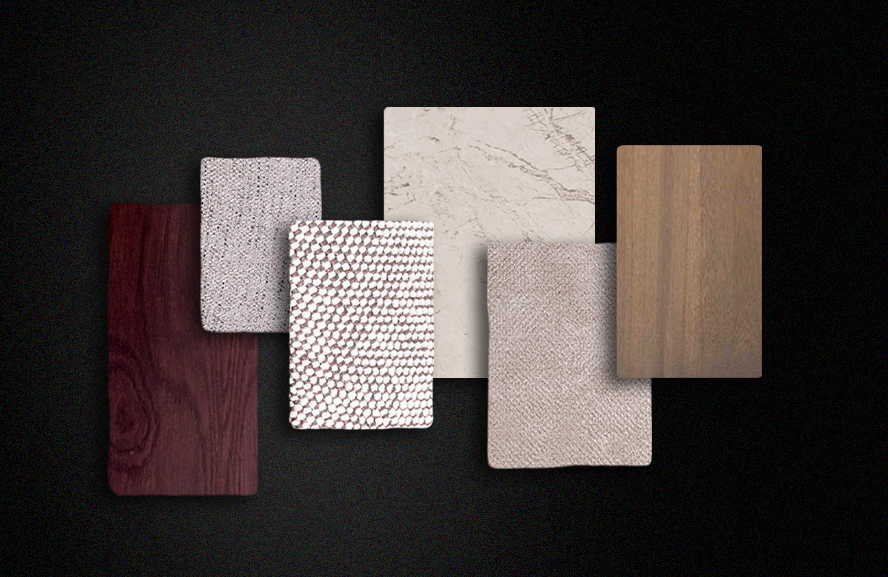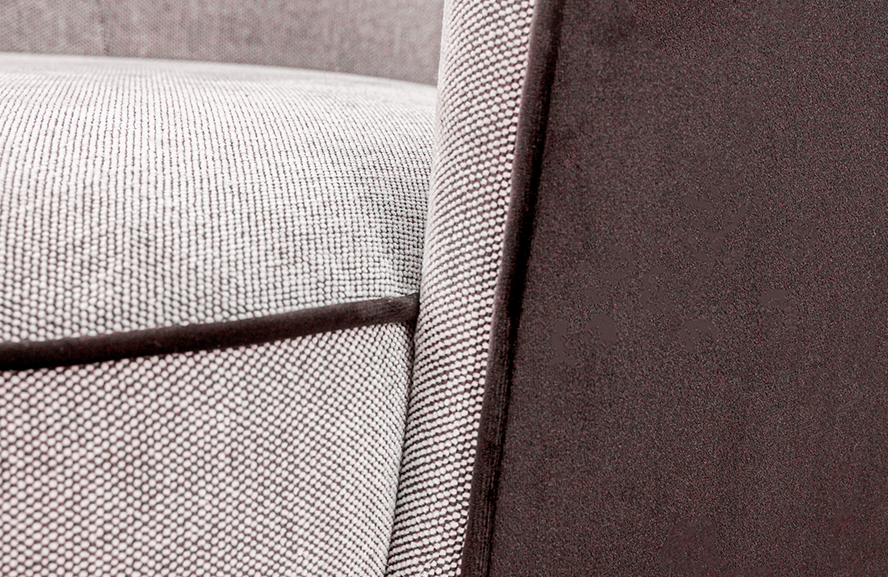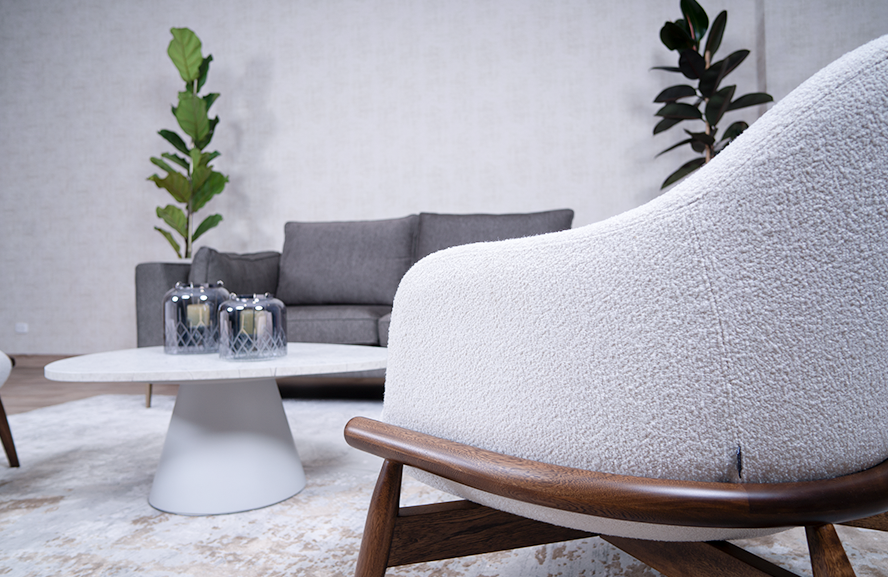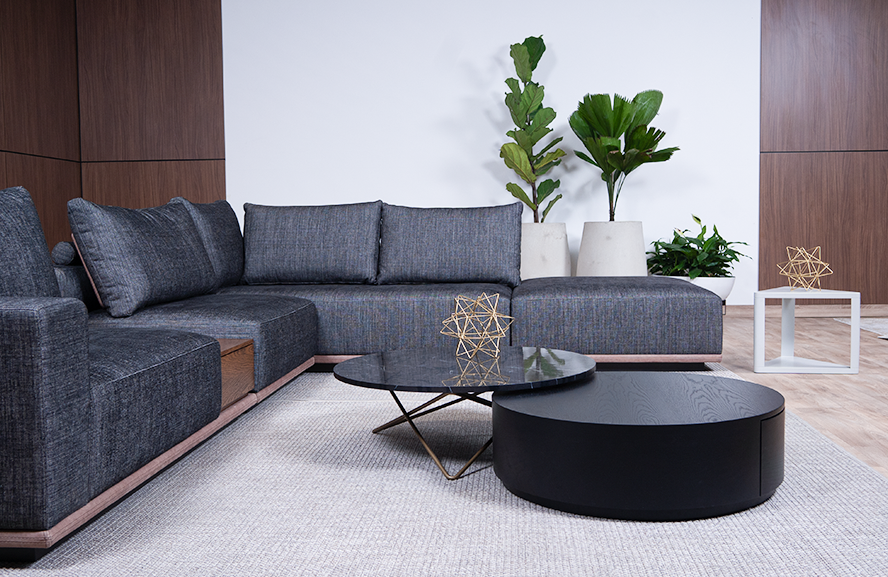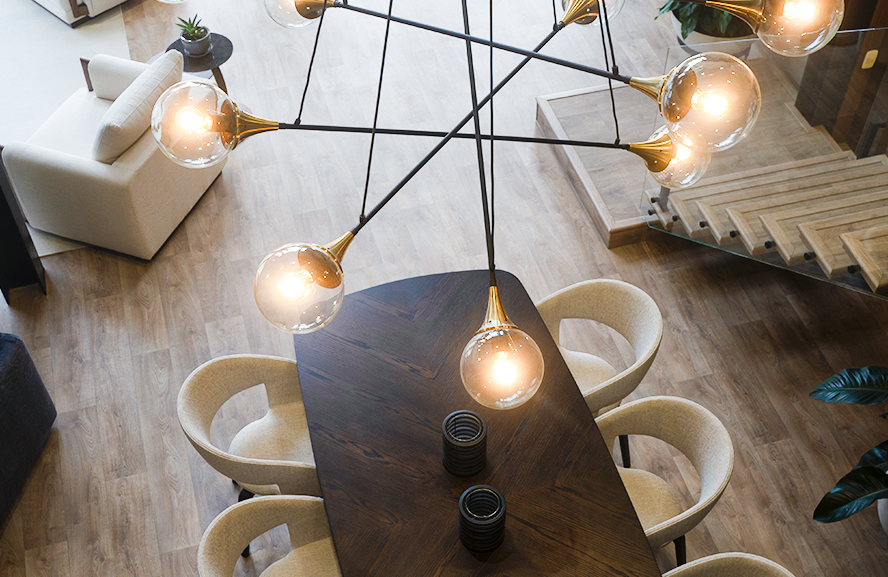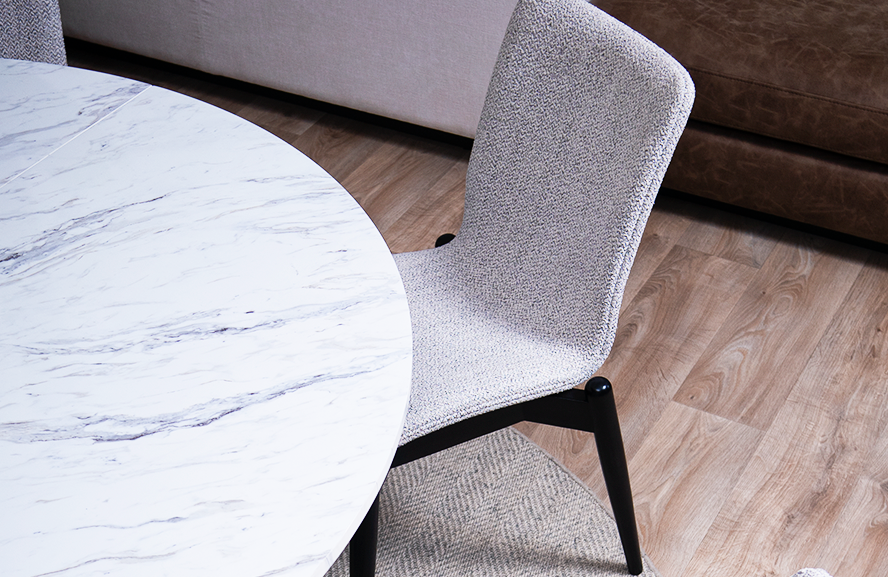In furniture design, the choice of the right tones can make the difference between a cozy and harmonious space, and one that lacks life. At Cosse, we understand the importance of this choice and how it can affect the logistics of the process. In this guide, we will provide you with practical tips for selecting the ideal tones that will make your home stand out.
- Understanding Color Psychology:
Colors have a direct impact on our emotions and mood. Before you start choosing the tones for your furniture, it’s essential to understand color psychology. Warm tones, like red and yellow, can convey energy and enthusiasm, while cool tones, like blue and green, provide a sense of calm and relaxation. Keep these associations in mind when deciding what tones you want to incorporate into your home.
- Analyzing the Space:
Each space has its own characteristics and specific needs. Before selecting the tones for your furniture, analyze the space where it will be located. Observe the natural lighting, the size of the room, and the existing colors on the walls and other decorative elements. This will help you determine if you need lighter tones to visually expand the space or darker tones to create a more intimate atmosphere.
- Considering Style and Function:
The style and function of the furniture are also important factors to consider when choosing the right tones. If you’re looking for a modern and minimalist style, neutral tones like white, gray, and beige may be the ideal choice. On the other hand, if you want to add a touch of elegance and sophistication, darker tones like black or brown may be a good option. Also, consider the function of the furniture and how the selected tones can complement it. For example, soft and relaxing tones on a sofa may be ideal for a living room intended for rest.
- Playing with the Color Palette:
Don’t limit yourself to a single tone for all the furniture. Playing with a color palette can add depth and visual variety to your home. Combine complementary tones or use different shades of the same color to create a harmonious effect. For example, if you choose a sofa in a neutral tone, you can add cushions in more vibrant tones to bring life to the space.
- Testing Before Buying:
Before making a final decision, it’s important to test the tones in the real environment of your home. Ask for color samples or use online tools that allow you to visualize how the selected tones will look in your space. Observe how they interact with the light and other decorative elements. This will help you make an informed, precise decision and avoid unpleasant surprises.
Finally
Selecting the ideal tones in furniture design for your home may seem overwhelming, but with the right tips and an understanding of the logistics involved, you can achieve an impressive result. Remember to consider color psychology, analyze the space, take into account style and function, play with the color palette, and test before buying. Dare to experiment and create a home that reflects your style and personality!


